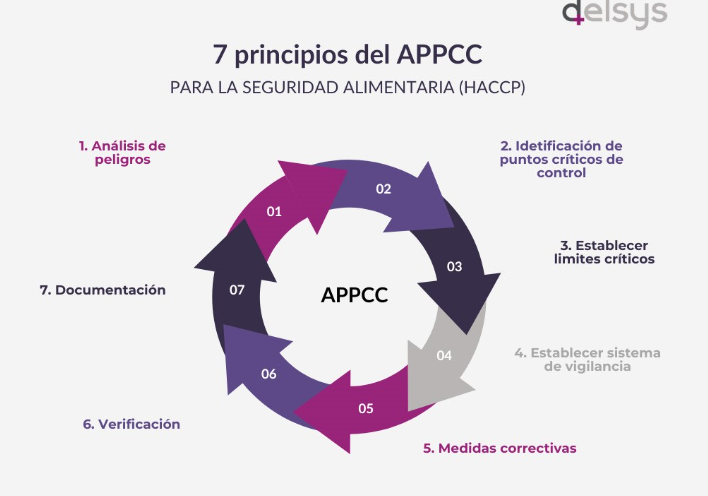Más vale prevenir...
Garantizamos que implantes de forma correcta tu plan APPCC
Conocer el plan APPCC (Análisis de Peligros y Puntos Críticos de Control) es fundamental para prevenir riesgos biológicos, químicos y físicos en la cadena de suministro alimentaria, para salvaguardar la inocuidad de los alimentos y del agua. Es, entonces, un sistema de prevención más que un sistema de inspección cuando el producto ya está finalizado. A menudo también se le conoce por sus siglas en inglés HACCP (Hazard Analysis and Critical Control Points).
Te asesoramos